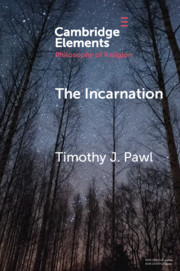Recent analytic theology has seen a wave of excellent work on the fundamental problem of Christology, the question of how one and the same person can be human full stop and divine full stop. Along the way, new objections have been raised for a venerable family of Christological views, whose distinctive is the employment of qua-devices to dissolve the difficulties stemming from the dual nature doctrine of Chalcedon and its successors. My objective in this article is twofold. First, I propose to lay out a hierarchy of principles that should guide the search for a Christological theory. I then use these principles to illuminate the best qua-theoretic approach to Christology. Finally, I argue that the best qua-theory is at worst on a par with major recent views.


